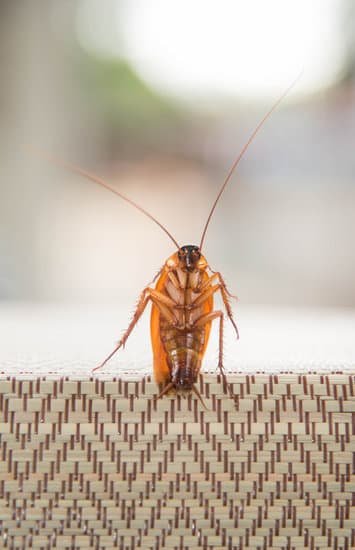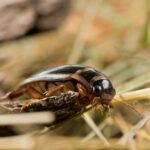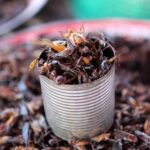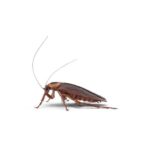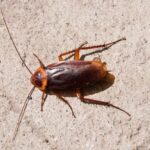How Do Cockroaches Carry Their Young?
When cockroaches reproduce, the female carries her young in an egg sac, which develops into an ootheca (the egg shell). The egg sac contains up to fifty cockroach eggs. During her lifetime, a female can produce up to ten egg sacs. The pregnant female cockroach is distinguished by a pill-shaped protrusion that sticks out like a tail.
During pregnancy, a female cockroach carries the ootheca until it hatches and then deposits it in a safe location. After the eggs hatch, a cockroach nymph emerges from the egg case. The nymphs are white until the new outer covering forms.
The life cycle of cockroaches differs among species. The German cockroach, for example, carries its egg capsule for a few days before laying it. The egg capsule may still be attached to the cockroach when it hatches, but it will not be visible to humans. The eggs hatch in about 28 days.
Cockroaches are social insects that live in groups. During their quiet period, they sleep together. They aggregate in order to activate the group effect and to ensure effective reproduction. Cockroaches are often found in kitchens and bathrooms where food is prepared and stored. They prefer warm, humid, and dark places.
Cockroaches have a symbiotic relationship with bacteria called bacteroids, which live in their fat body tissues. They pass these bacteria from generation to generation on the eggs they lay. The bacteroids are responsible for producing all the vitamins and fat body tissue necessary for a cockroach. However, cockroaches lack cholesterol and choline, so they rely on food sources to replenish their diet.
